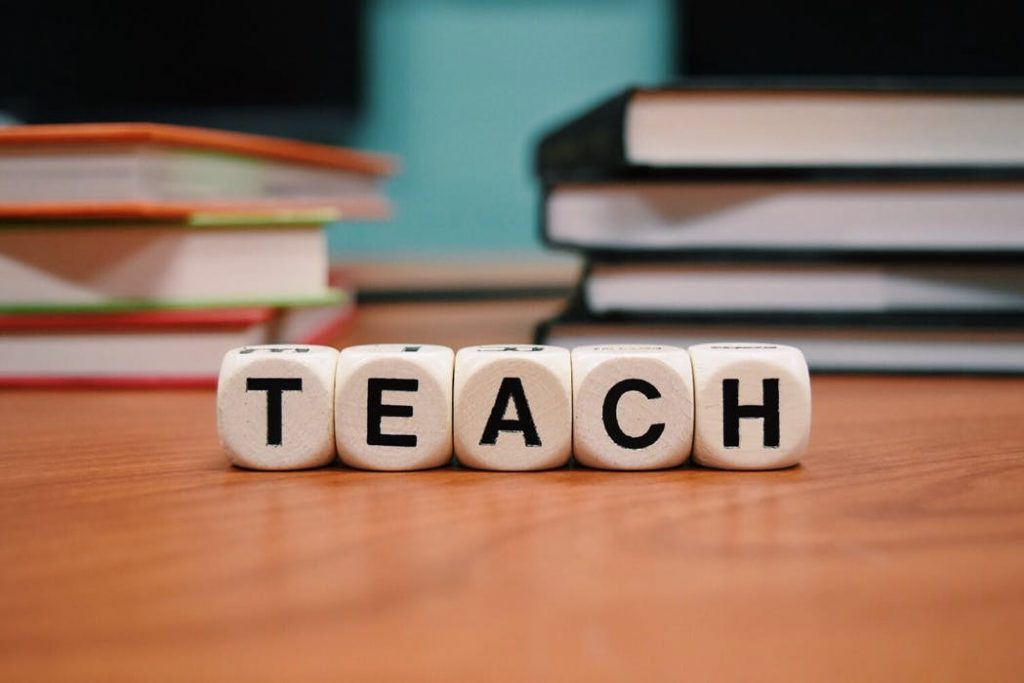Are you looking for strategies to help students learn to use subject-verb agreement? If so, keep reading.
1. After recording the student’s speech, have them find the correct subject-verb agreement and make appropriate corrections.
2. Ascertain the type of grammatical model to which the student is exposed at home. Without placing negative connotations on their parents’ grammatical style, explain the difference between standard and nonstandard grammar.
3. Ask the parents to encourage the student’s correct use of grammar at home by praising them when the correct subject-verb agreement is used.
4. Select a peer to model appropriate subject-verb agreement for the student.
5. Ascertain if the student’s errors are the result of dialectical differences (the pattern of subject-verb agreement may not be atypical within their social group).
6. Throughout the day, write down specific subject-verb errors pronounced by the student. Read the sentences to the student and have them make appropriate corrections orally.
7. Assess the appropriateness of requiring the student to speak with subject-verb agreement (e.g., developmentally, a child may not utilize appropriate subject-verb agreement until the age of 6 or 7).
8. Explain that specific forms of verbs go with specific subjects and that correct subject-verb agreement requires an appropriate match of subject and verb. Be sure that the student knows the several possibilities of subject-verb agreement and how to choose the correct one.
9. Provide the student a sequence of sentences, both written and oral, and have them find which are grammatically correct and incorrect.
10. Get the student to finish written worksheets in which they must select the correct verb forms to go with subjects (e.g., “I __ [saw, seen] a new car.”).
11. Get the student to finish written worksheets in which they must select the correct subject forms to go with specific verbs.
12. Get the student to choose a verb to master using correctly as a goal. As the student masters the correct use of the verb, they put it on a list with a star and select another verb to master.
13. Get the student to orally construct sentences with verb forms and subjects.
14. Consider using a language arts app. Click here to view a list of recommended apps.
15. Consider using a language development app. Click here to view a list of apps that we recommend.











